“I remember the day I fell in love.
Lomonosov was a home for infants and toddlers, a historic landmark tucked away on a farm road hours from St. Petersburg, Russia, surrounded by birch forest. The home was filled with sound and scuffles, and I was charged with spending time with a team from the United States who had come to deliver shoes to children who had been orphaned.
As marketing director for a global nonprofit—my dream job—it was my responsibility to find the perfect combination of words and images to move people to action. Those words and images were easy to find in Russia. The number of those orphans had dramatically increased at the fall of the Soviet Union, as citizens struggled to navigate life with newfound liberties and little direction. At the time of our visit in 2007, the number remained high. I was there to write stories about it all—the orphan crisis, the impact of the team’s visit, the hope for the children, the opportunities for adoption.
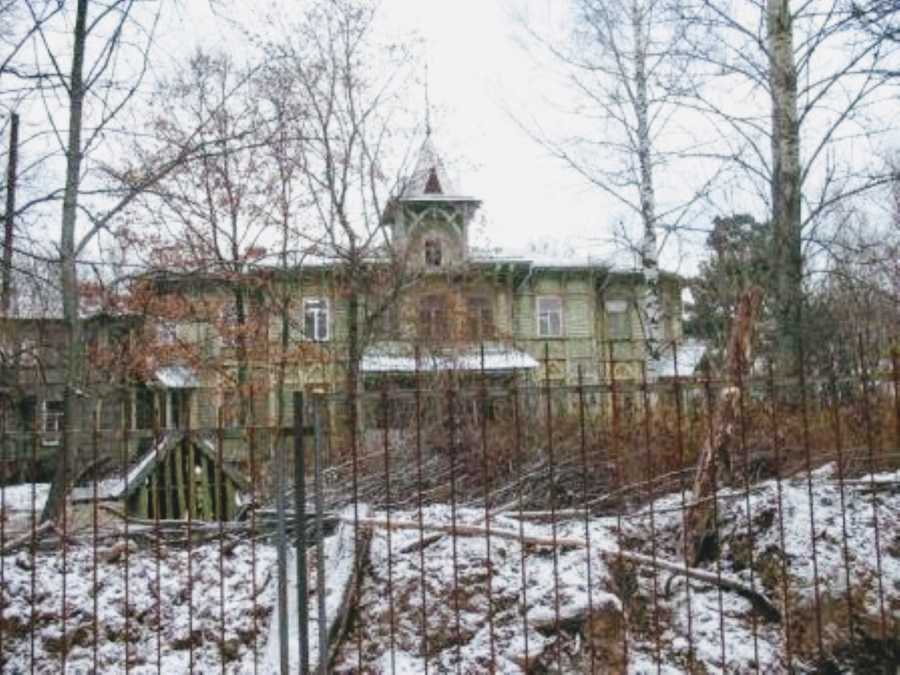
I was expecting to take a lot of notes. I wasn’t expecting to fall in love.
My sweetheart that morning was a 3-year-old named Ula. At first glance, she reminded me of childhood pictures of my dad. She could have been fruit from our family tree. She didn’t yet know how to speak, a developmental delay not completely uncommon for children who were being raised in dormitory-style residential care.
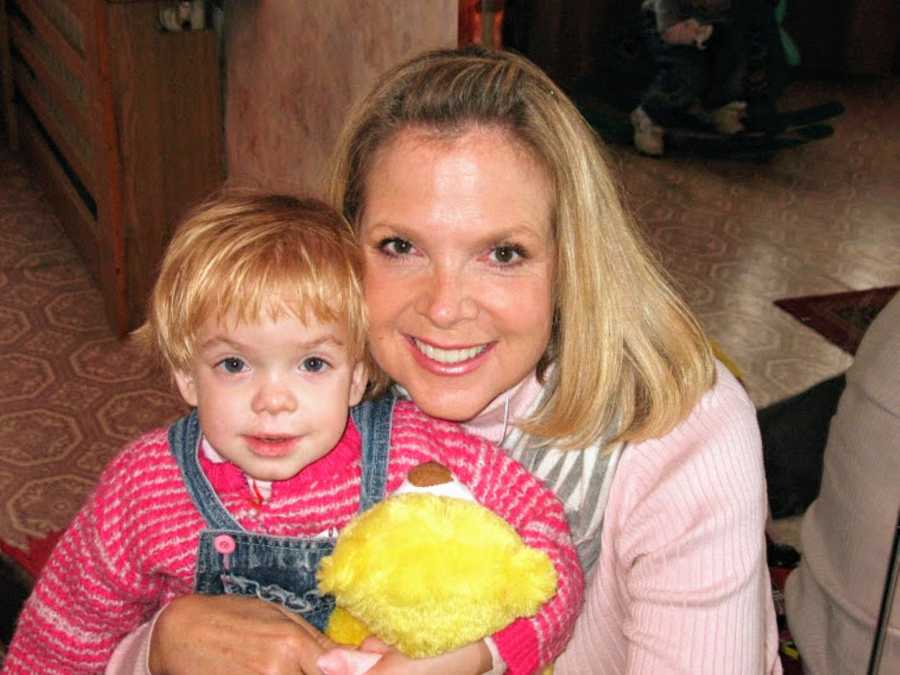
Ula and I connected quickly, and I found myself proud of her defiance when she refused to take off the new boots she had been given. She was eager to stomp about in them, listening to the echo of her march against wooden floors and plaster walls. She found a place in my lap and leaned in to listen to my voice speak encouragement to her tiny soul. Though the language was unfamiliar, it was as if she could feel the tenderness held in the words.
While I played with her, my husband held a little baby boy in an area of the home designated for infants living with HIV. Lomonosov was the only orphanage in the region that would take in those infants to care for them. Some of the children at Lomonosov would be adopted, but the overwhelming majority would remain there until they ‘aged up’ into a larger facility in a different city with more orphaned children who would then live together until they ‘aged out.’
I wondered what life would be like if Ula took our last name, traveled to the United States, and became a member of the family. I learned, in fact, she already was.
I returned to the United States, with a notebook full of stories and a heart that had been turned upside down by a little three-year old.
And then, I lost my dream job due to budget cuts and staff downsizing. But the love remained. I had not only fallen in love with Ula, I had found within that love a passion to advocate for kids like her.
Two years later, I returned to Russia and asked about Ula and the little ones living at Lomonosov. ‘Lomonosov doesn’t exist anymore,’ a sweet friend who worked in-country shared. ‘The government appraisal of the house and land was high, so the children were sent to other orphanages and hospitals in the country.’ To the government, it seemed the building was far more valuable than the contents inside. The children living there were simply numbers – something easily divided, subtracted, added.
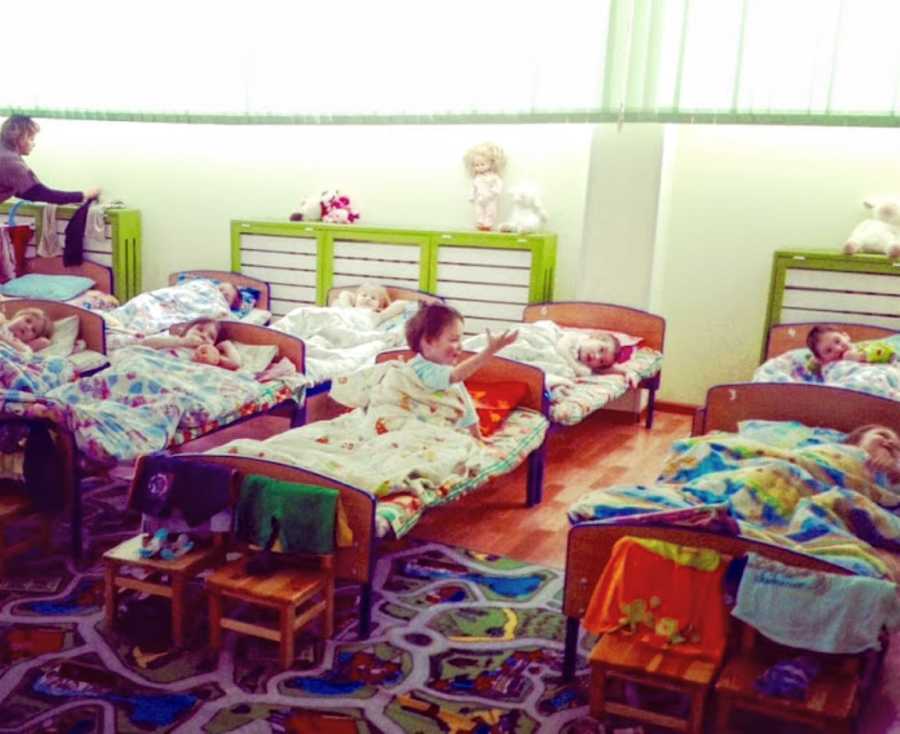
There was a certain design to the orphanages in Russia. Common areas simply furnished, rooms for music and art and counseling, bedrooms with neat rows of small beds, wooden floors and chipped paint, and the faint smell of food and sewage in the stairwells. Perhaps the familiarity was intentional, so the children who lived within them wouldn’t feel rattled when moved from place to place.
At the time, there were nearly one million orphaned children in Russia. Only 20% were eligible for adoption. Most were considered social orphans, a label used to describe children who might receive some sort of specialized residential or group care but still have someone—somewhere—who is directly connected as a family member, even if they never choose to be involved as family. After the age of three, the odds of being adopted drastically reduced. 90% would never leave residential care. Every trip to Russia was a reminder of the children who, like Ula, wondered what it meant to have family at all.
One of my last visits included time with Andrey. I first met him on the shoes trip in 2007, and had seen him again in 2009, after he had returned from a visit to the U.S. as part of a program called Angels from Abroad. He had a photo album filled with pictures of a picnic and fun on a boat. He had practiced English words and hoped to be adopted. We reminisced about the visit as we sat on the sofa and talked about what the future might hold for him. The door was closing on international adoption, and as a teen, he knew the odds weren’t great to be part of a family. But he held out hope. We both did.
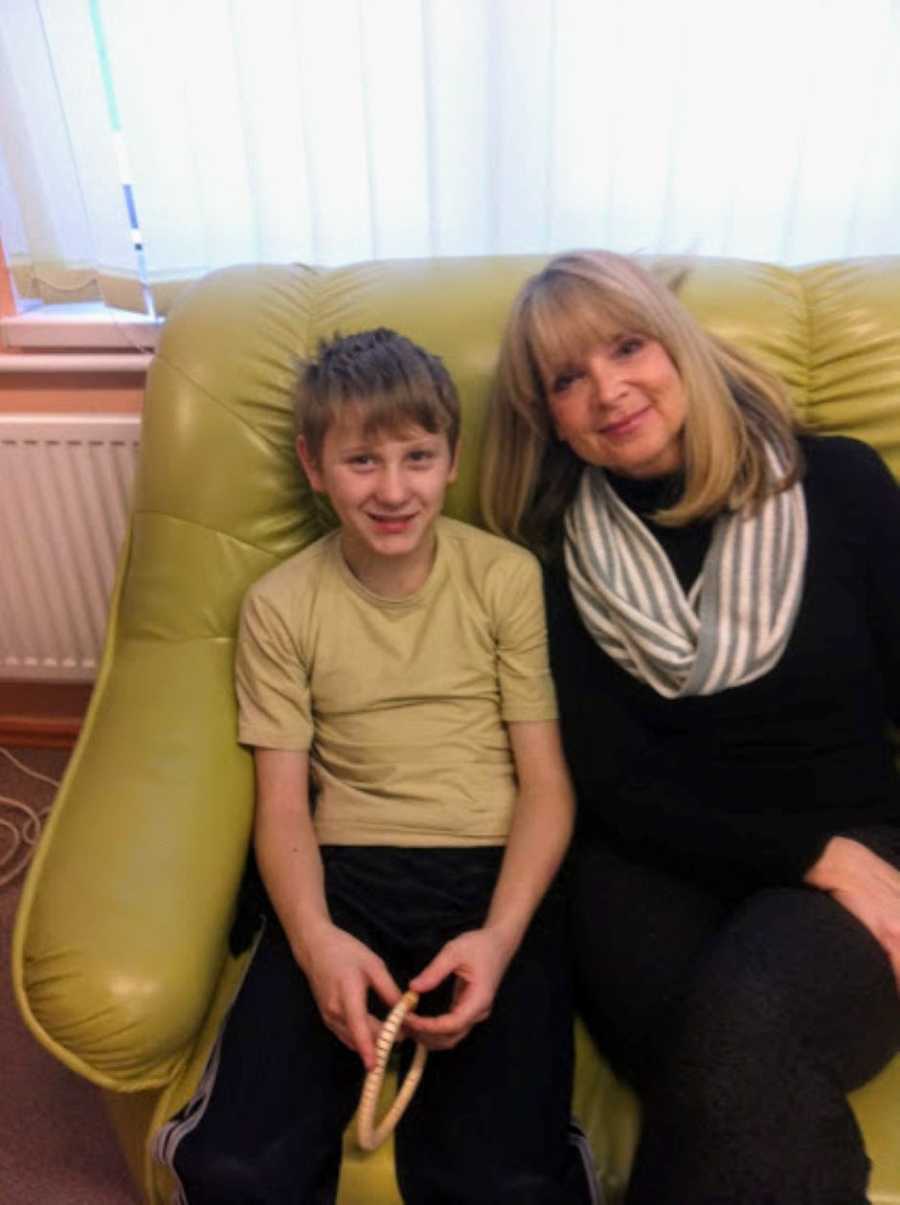
Though it’s truly impossible to find an exact number, it is estimated there are somewhere between 140 million and 210 million orphaned children in the world. Those children who are given the label of ‘orphaned’ don’t fit neatly into a single category. UNICEF defines an orphan as a child who has lost one primary caregiver, even if the child is still living within some sort of family structure. It was at an orphan care conference where I was introduced to the term ‘double-orphan,’ meaning a child with no parents at all. I wept then, and still ache now when I consider all the labels. There are so many labels.
Biological Orphan
Social Orphan
Single Orphan
Double Orphan
Vulnerable
At-Risk
Marginalized
Sibling Group
Special Needs
Therapeutic Care
Adoptable
Unadoptable
With every label, there’s a statistic.
Less than 1% of all children who are eligible for adoption worldwide will actually be adopted, due to age or need or the laws within the countries they live. 38,000 young adults age out of traditional orphan care every day. With no safety net and support to help them navigate adulthood, those young adults become targets for trafficking, exploitation, and organized crime. 20% will commit suicide in the first year of adulthood.
Every number is a child, like Ula, with a face and a smile and a longing to make noise and be known. And every child deserves nurturing holistic care and the opportunity to live independent, fulfilled adult lives. Though I never saw Ula again after that one morning in 2007, her legacy lives large as the inspiration for a personal journey that has continued now for more than a decade.
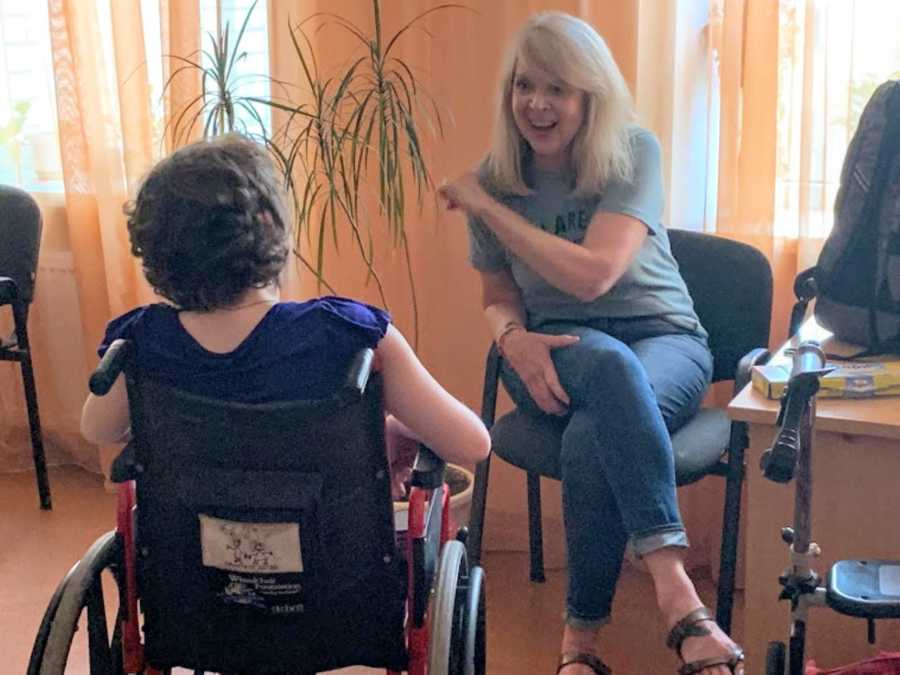
As my understanding of what true orphan care means has grown, so have my stories. They now include young women rescued from sexual exploitation in Guatemala. I still cherish the moment Jennifer asked if I would baptize her in a plastic wading pool filled with freezing water. ‘I will find you again,’ she said as we hugged. ‘You have helped me see I have true worth. I will find you, and show you I am making a difference to help other girls.’
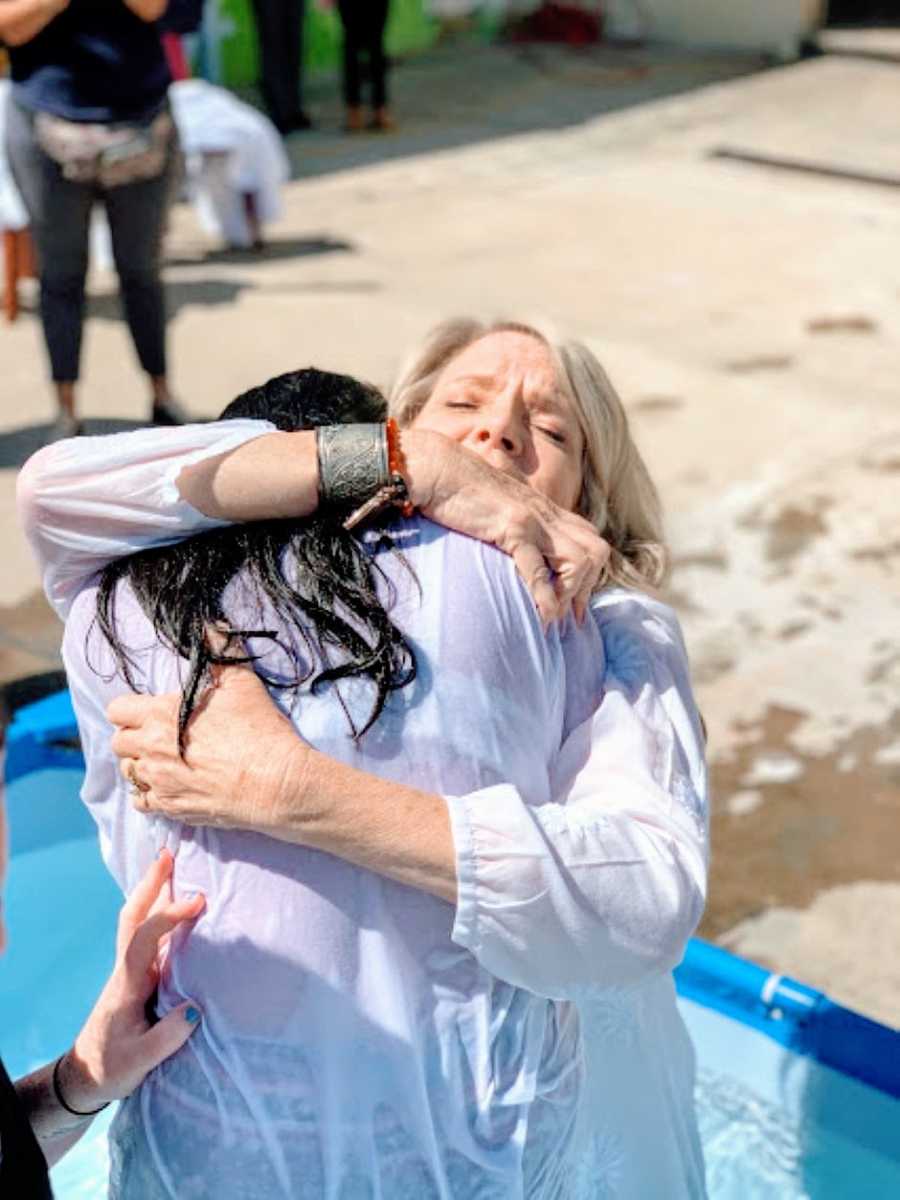
Life on this orphan care journey now includes friendships with young adults in Eastern Europe who are given a safety net and support that was for so long missing. And it’s reconnected me to Andrey, the young man I first met in a Russian orphanage, who is now working to be a doctor. He may not have been given a family through adoption, but he is surrounded by God-crafted family thanks to a unique aging out initiative.
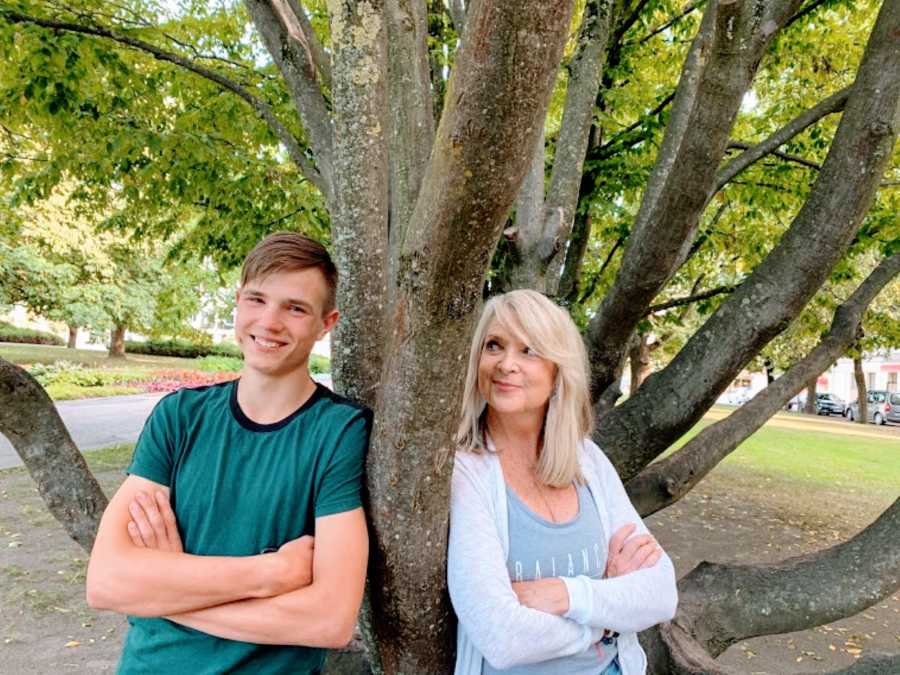
There are now kids who call me Aunty in India and Kenya. I remember the first time I snuggled in with the children at a home for children living with HIV in northeast India. Zeli smiled and said, ‘You are a writer, Aunty Ronne? I love stories – what stories do you write?’ I looked at all of them, so eager and accepting. ‘I write stories about real things. I write stories about the best things.’ These kids are truly the best things.
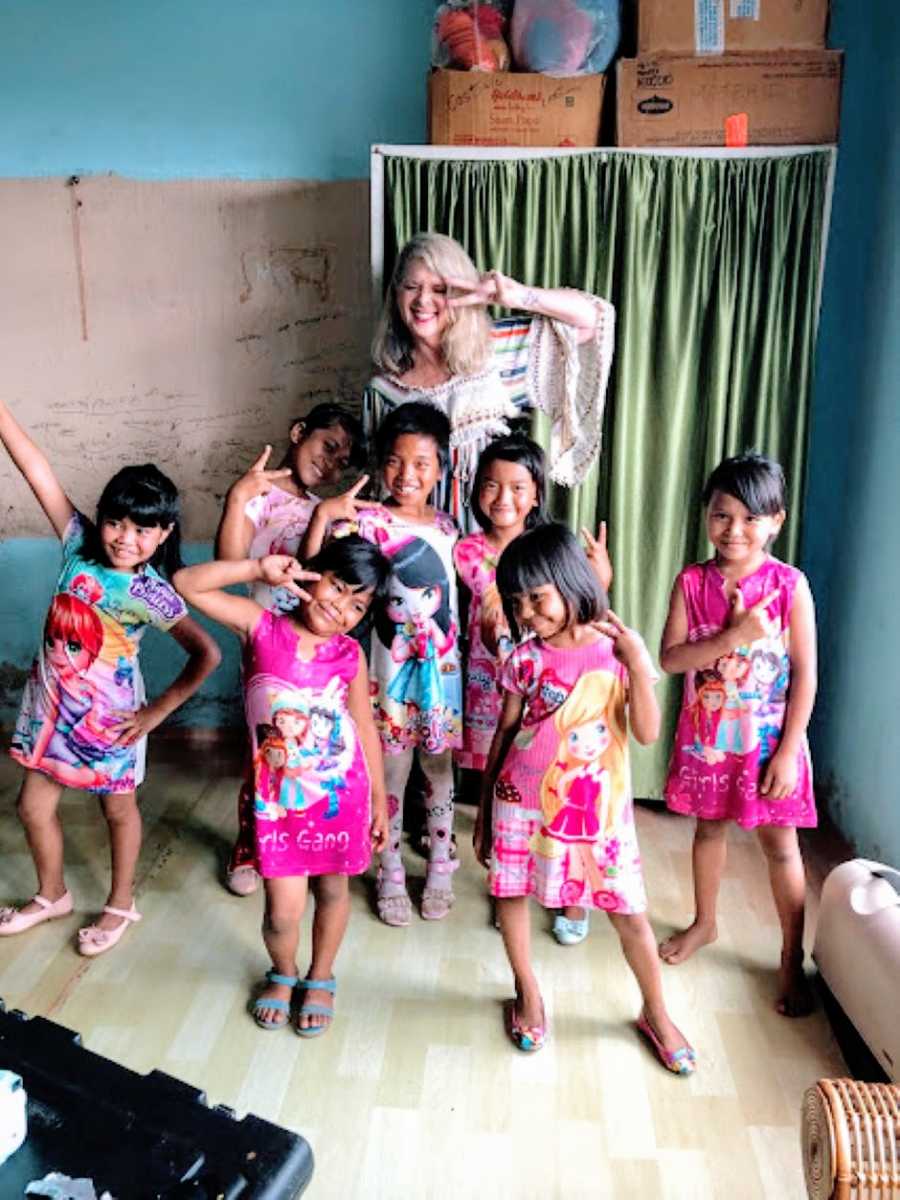
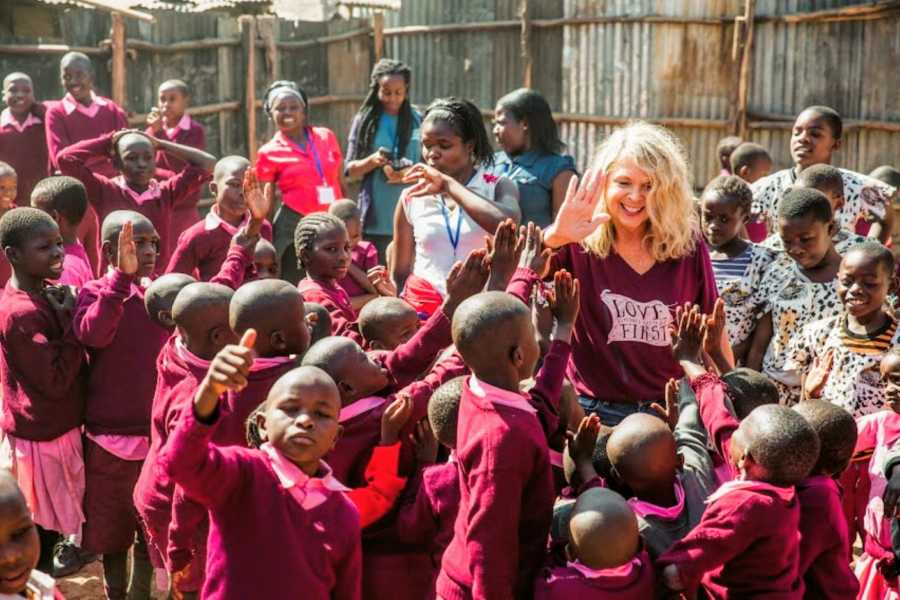
I remember thinking adoption was the only option to provide family for a child who was orphaned or vulnerable. But there are so many ways to be family. Foster care and kinship care can wrap a child in family love and support. Community-based care provides children with a support system set to strengthen not only the child but families as well. Mentorships, sponsorships, and church partnerships build a network of care and encouragement for children of all ages. And prayer covers each child as it reaches beyond geography and culture and time.
And we can be part of them all.
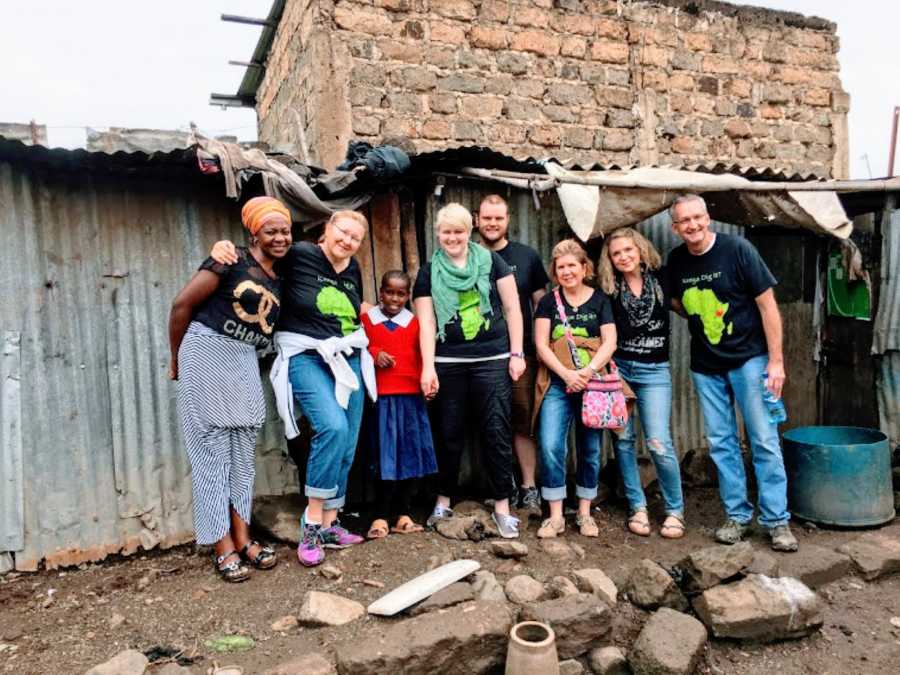
Yes, the orphan crisis is a complex tapestry. But the stories being written in my own orphan care journey are reminders that the tapestry can reveal a powerful picture of hope. The tapestry is the story of family—the family we can become.
Of course, I’m still falling in love. Now working for Orphan Outreach, a global nonprofit committed to restoring hope for orphaned and vulnerable children, I’m using my storytelling to encourage folks just like you and me to invest in the lives of kids around the world. And I’m still growing my own family. Beyond being an Aunty to hundreds of kids, my family sponsors Javier in Guatemala, who is learning how to be a barista. He and I dance the night away every year at Night to Shine, a prom just for kids with special needs, and he loves to teach me how to speak Spanish every time we’re together.
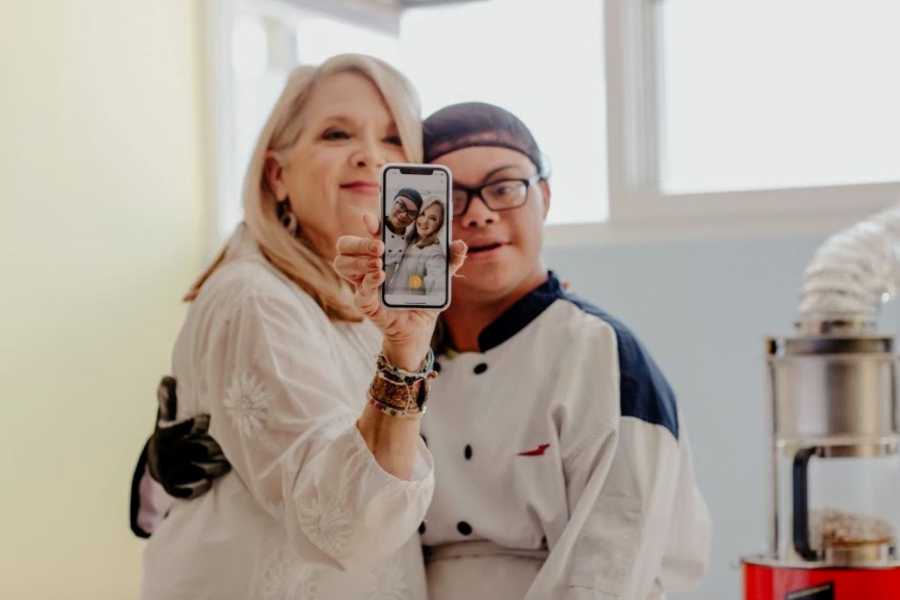
I also sponsor Skarma in India. Skarma is the most patient dance teacher, and we’re now celebrating her acceptance into business school. She’s going to change the world. I just know it. Oh, and there’s a new aging out initiative starting in Latin America. Mayra is one of the first young women in it, and she’s attending culinary school now. I met her at a children’s home years ago. Now, friends and I get to be part of her journey as she becomes a chef. She wants to help other young women in Guatemala who have experienced abuse and neglect find hope. I believe she will.
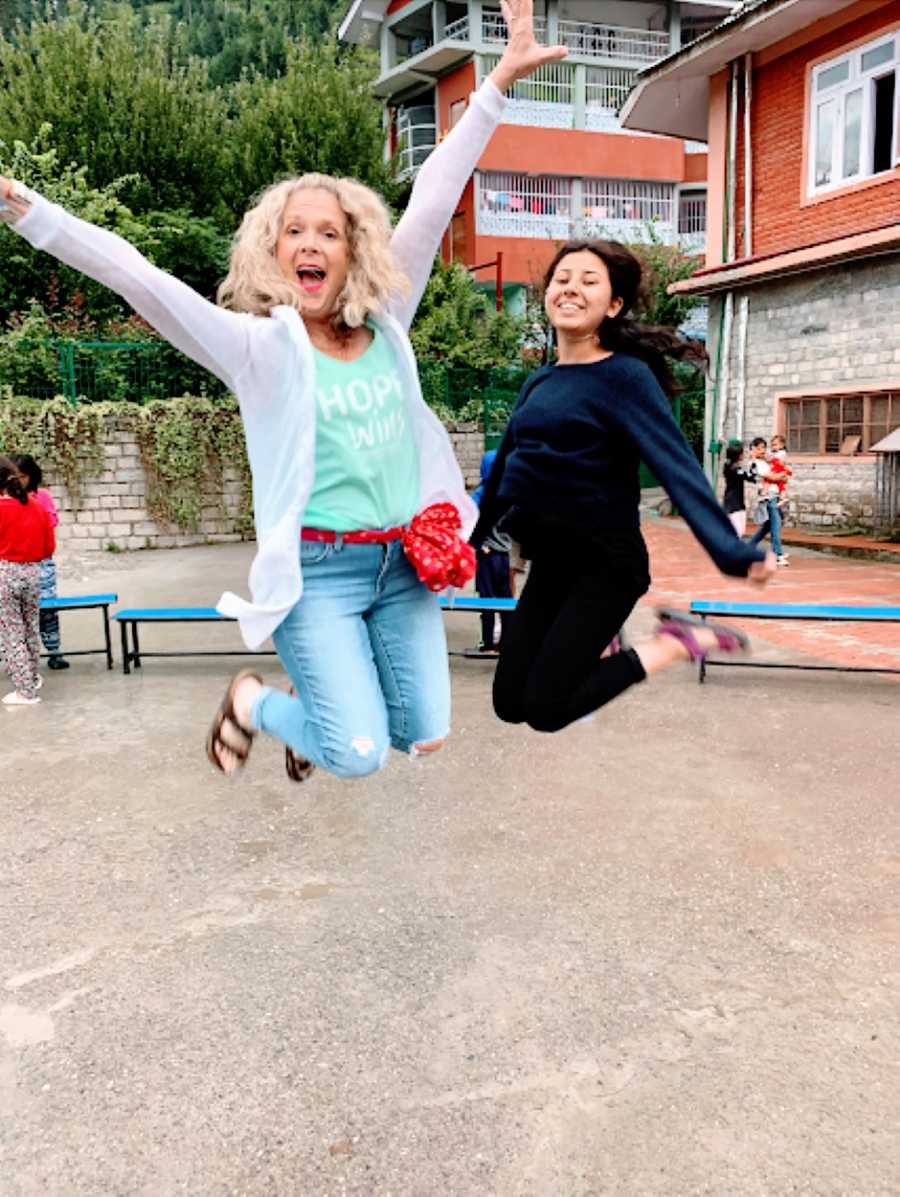
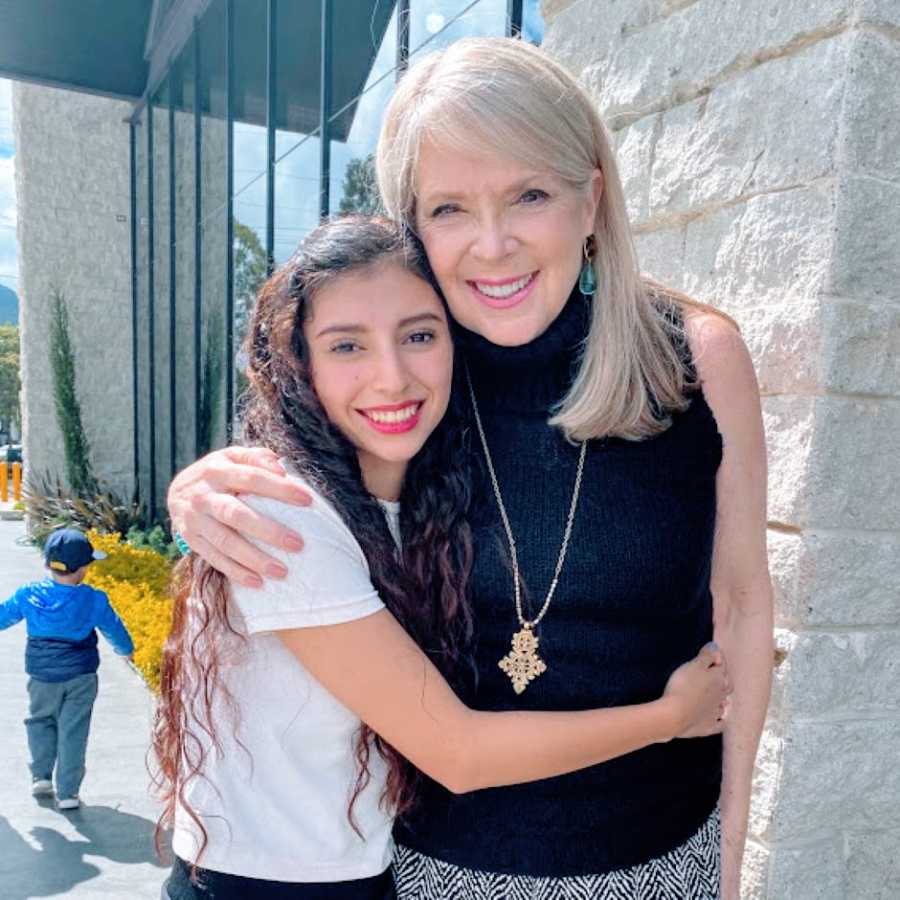
Falling in love with Ula and Andrey, Javier and Skarma, Mayra and Zeli and so many others has taught me something more—something truly powerful about you and me. It started when I stepped off a bus in Kenya and onto a rutted orange clay road that would lead our team to the Madeleine School, a safe haven for children and their families in a rural farming village near the Ugandan border. I breathed in the familiar developing-country smell of burning fields and listened to a song in the distance, the haunting trill of voices celebrating our arrival.
Though it was the weekend, children stood in uniforms along the road, clapping and looking for the faces of their sponsors. A few men welcomed us, all teachers at the school. But the celebration was found in the women. They danced and sang, taking hold of our hands and raising them to the sky in the most glorious of celebrations as we moved like a river to the school, where we would be adorned with leis and honored like royalty. The women never stopped singing and lifting their voices in jubilant cries of praise that began in the depths of their souls and crashed joyously into the heavens.
I looked at Tom, the Orphan Outreach in-country leader, with tears in my eyes. ‘Oh, this is divine. But where are all the men? Are they at work?’ He responded with a smile, ‘In our country, when it comes to the important things—the things that count—women take the lead.’
There’s a book now. One Woman Can Change the World: Reclaiming Your God-Designed Influence and Impact Right Where You Are is filled with stories about the ways you and I make differences in the lives of the vulnerable when we use our gifts, talents, and time in day-to-day ways.
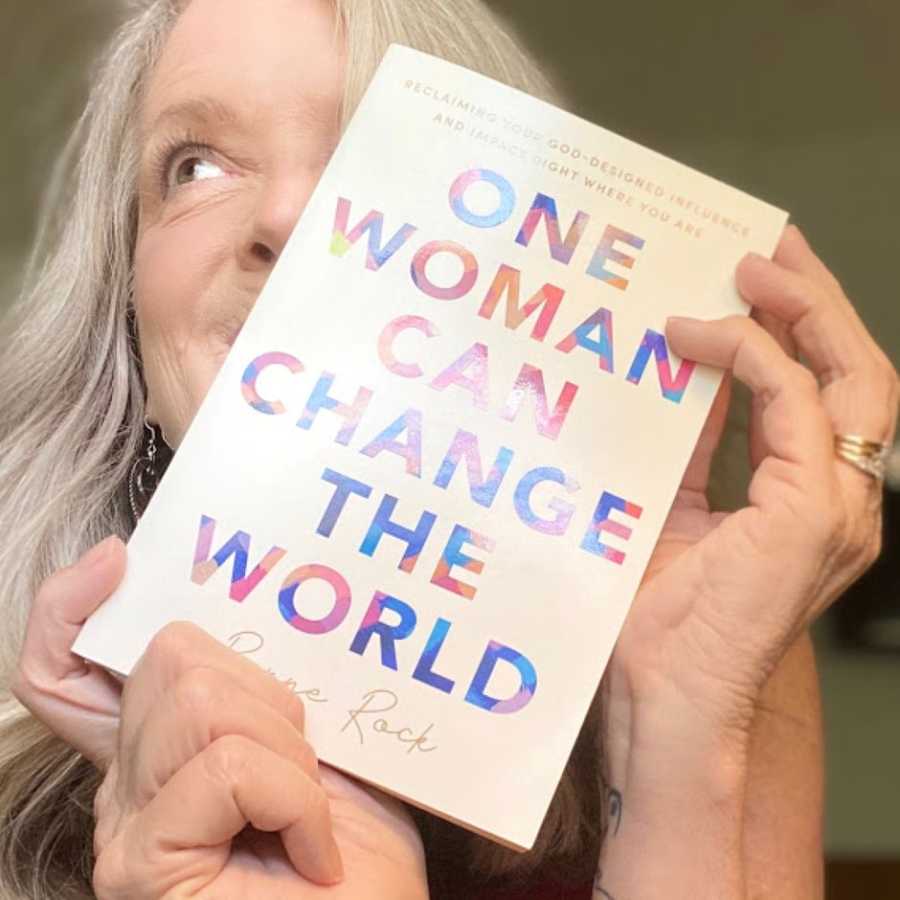
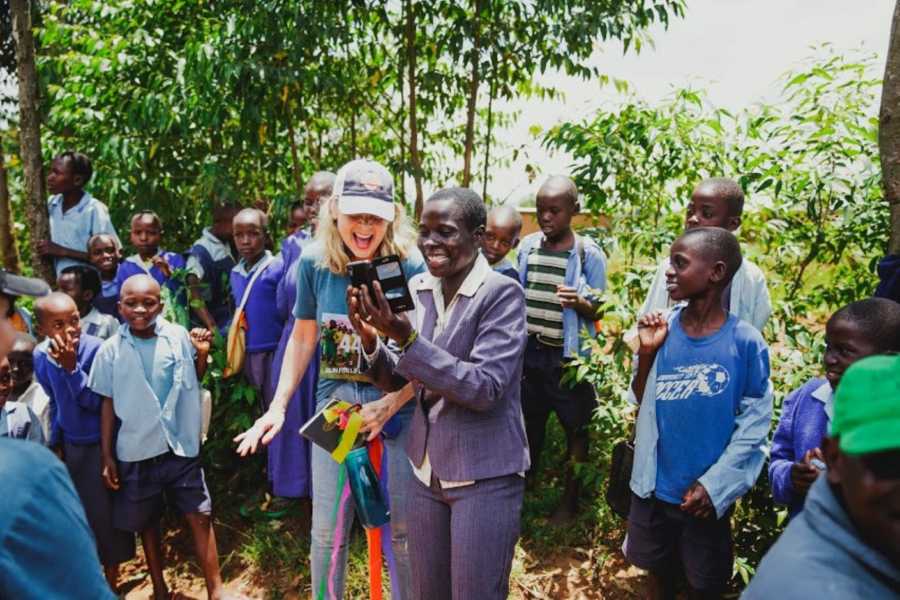
Yes, there are still journeys to other countries to spend time with children like Ula, to tend to those who faithfully tend to them, to offer respite and encouragement, and to celebrate every step along the way. I still weep, my heart still aches. I still think about what it might have been like to have Ula as part of my family.
And then I remember. Her story is woven into mine. We are indeed family. And we can change the world.”

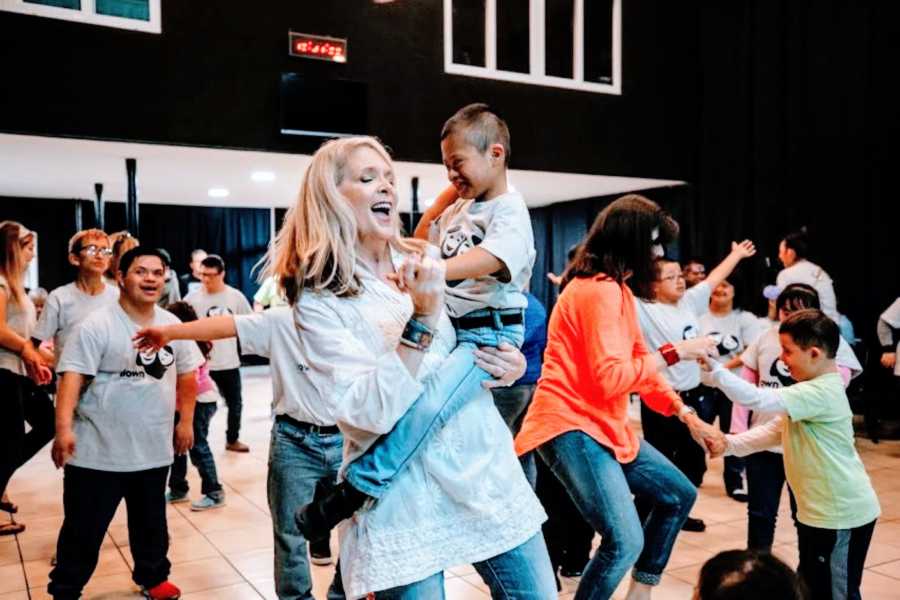
This story was submitted to Love What Matters by Ronne Rock of Austin, Texas. You can follow her journey on Instagram, Facebook, and her website. Learn more about ways to get involved in the lives of orphaned and vulnerable children here. Do you have a similar experience? We’d like to hear your important journey. Submit your own story here. Be sure to subscribe to our free email newsletter for our best stories, and YouTube for our best videos.
Read more stories like this:
Help us show compassion is contagious. SHARE this story on Facebook with family and friends.





